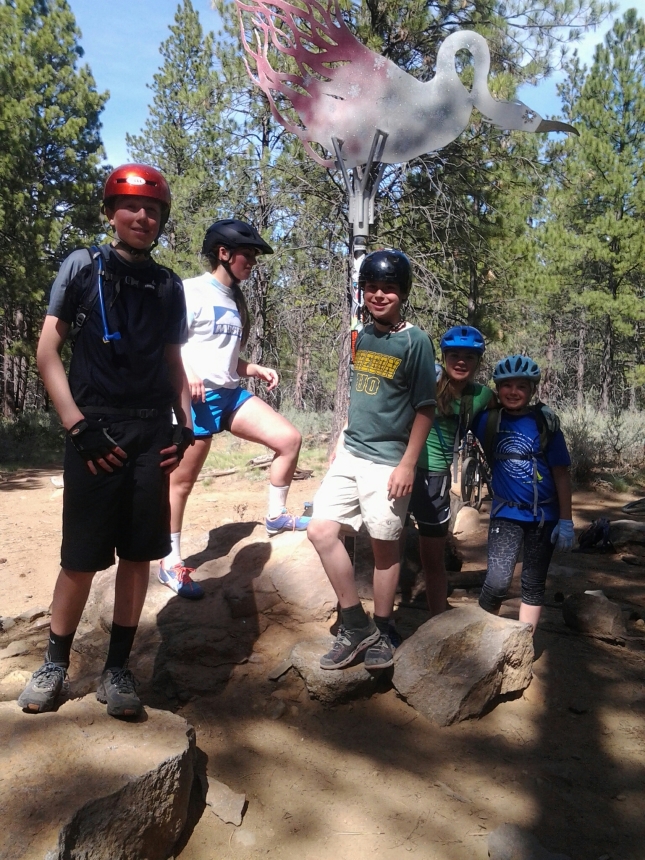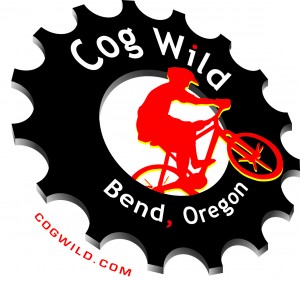After working in a bike shop, my next job in the bike industry was becoming a mountain bike coach for Mount Bachelor Sports and Education Foundation (MBSEF). This was a great move for me, because it gave me an environment to combine the skill set I built as a mountain biker with the learning and teaching methods I learned in college through the Outdoor Leadership Program. Over the course of the last four seasons I have had the opportunity to work with kids ranging in age from five to seventeen, which has challenged me on many different levels. This past season I had the opportunity to work once a week for six weeks with a group of Middle School aged boys and girls, which was a lot of fun and a great challenge. Many of these kids work with MBSEF in the winter in their snow-sports programs, so they are already athletes in similar disciplines and they are looking to advance their abilities as mountain bikers. I worked with this group of six to eight riders every week with a fellow coach and friend Todd who has proven himself over the last two seasons as a dependable, fun and driven coach and rider. Together we were able to work directly with the group in both advancing their endurance strength as well as the bike handling skills.
(Warm up at the Railroad Jumps)
Most rides began at Phil’s Trail-head, which meant that most rides began in the pump-track then moved to the the Railroad Jumps. Almost every rider in the group wanted to improve their jumping abilities, so we would hang out and warm up with a session at the jumps before we took to the trails for the afternoon. Let’s be honest if the kids had it their way, we would stay there all day, but we want to ride as much as play, and we see the value in working on endurance as important to however they want to ride when they are not riding with us. Out in the woods we also take the opportunity to play on technical trail features (TTF) as well as natural trail features (NTF). That said every week we would work on and with things like cornering, riding log-rides, bunny-hopping, doing drops, riding steep sections, cleaning rock-gardens, anything that we came across that had a challenge and/or lesson in it was game on for our teaching and trying points.
(Practicing cornering in the pump-track at Phil’s Trail-Head)
(Technical riding and drops at The Lair)
(Log-rides on Marvin’s Gardens)
(Dirt jumps at The Lair)
(Teeter-totter woo-hoo)
(winding out the miles of single-track)
Each week we would mix up the fun the learning and the riding into a few hours of good hard rewarding work. The kids seemed to get faster, stronger, and more confident every week. We rode almost all the trails in the lower Phil’s network, and some of the trails in the Wanoga trail network before are session was over. It was a great way to start the spring, riding with young motivated riders challenges you as a coach to work on making the lessons fun and practical, because if it doesn’t make sense to a teenager they aren’t going to want to do it. This was one of my favorite sessions to coach, and I loved the challenge of teaching these kids how to become more efficient, confident and all around skilled riders.
At the end of the ride, it’s all about getting to do something you love with others and watching their love for the ride grow from the things you show them. In the woods, on the trail, with the kids, this is why I live my mountain bike life.


















